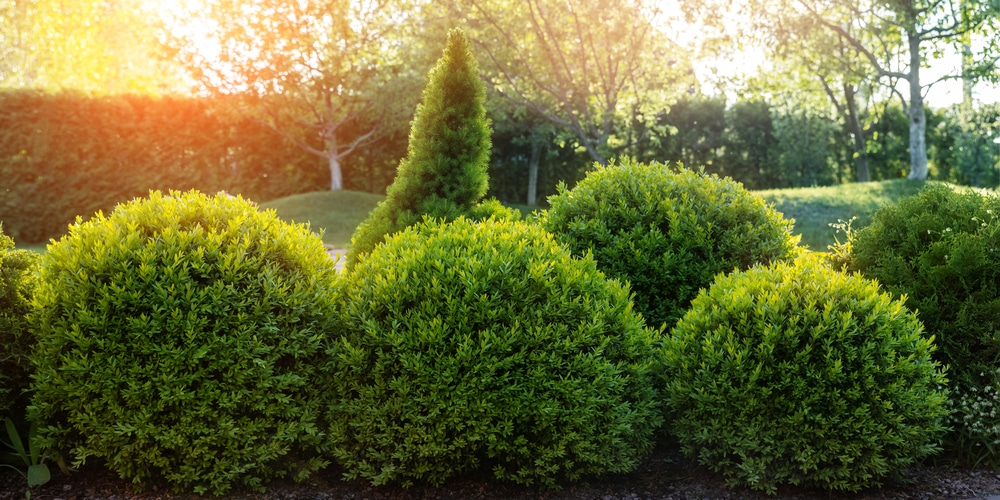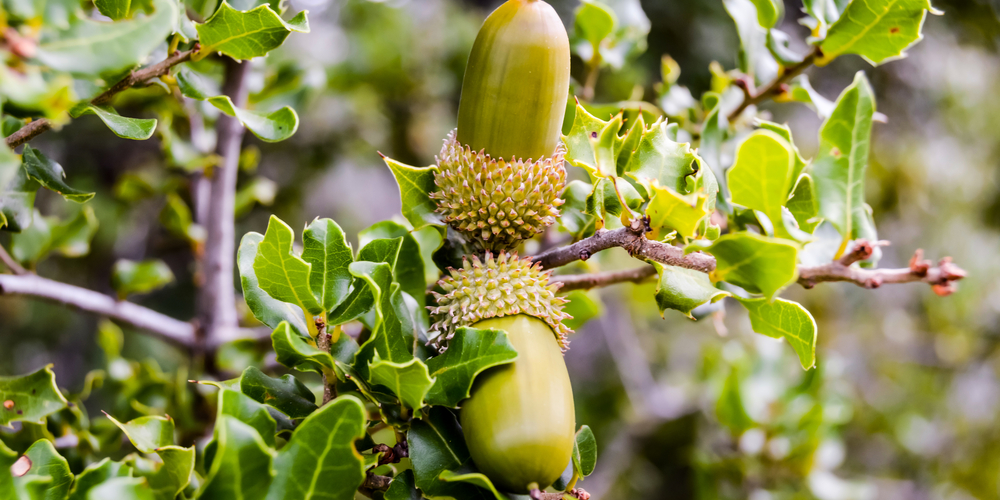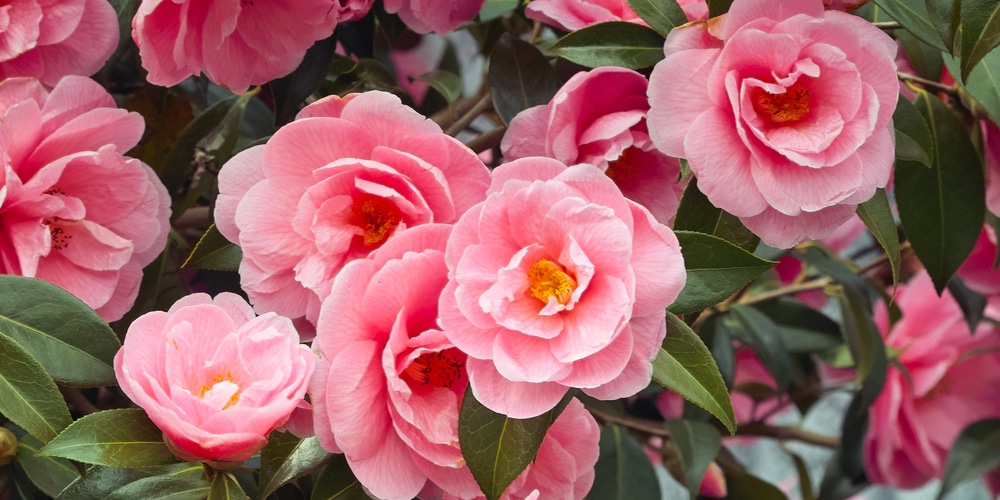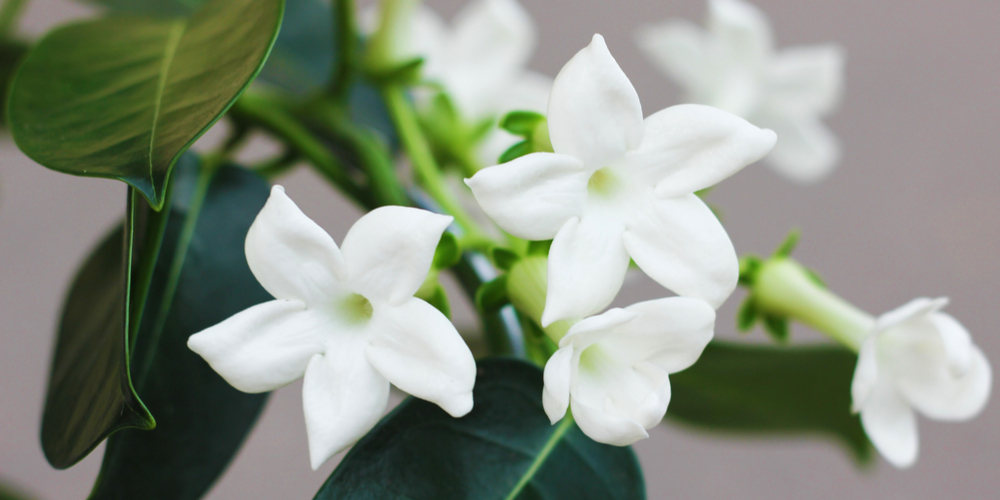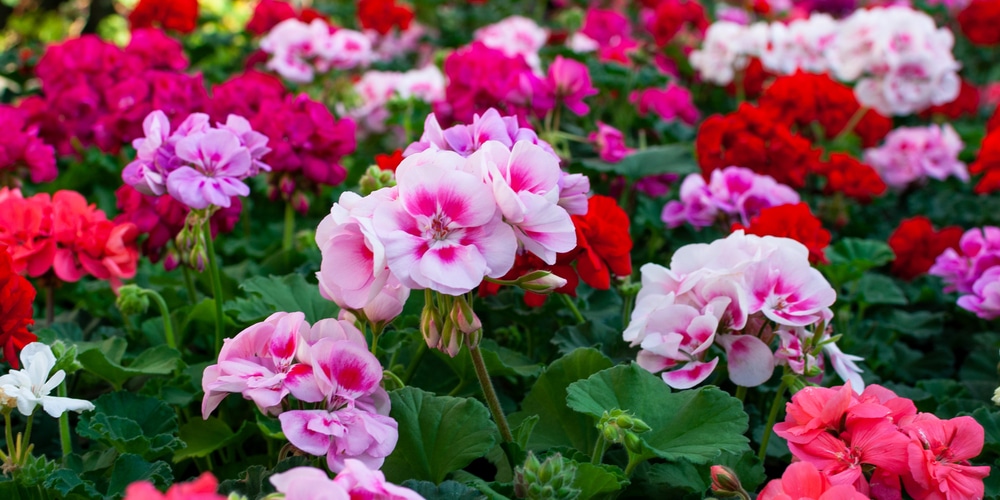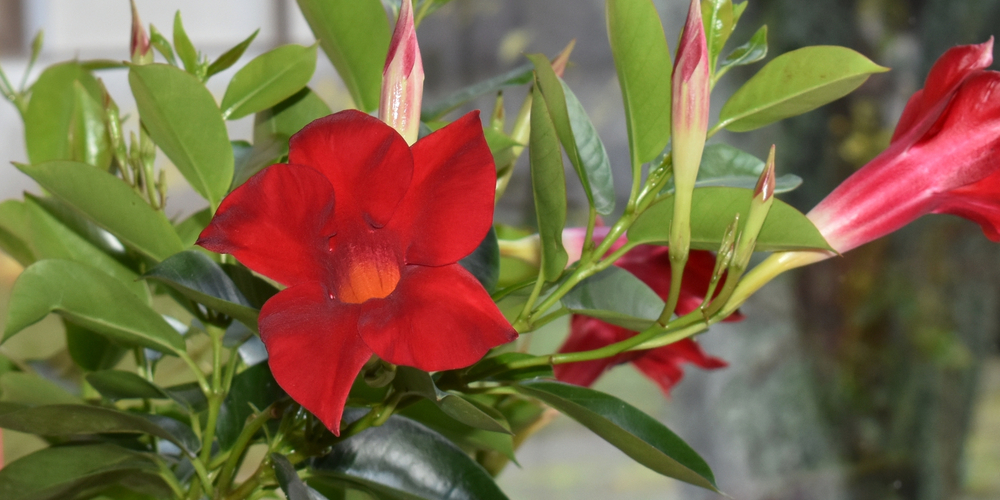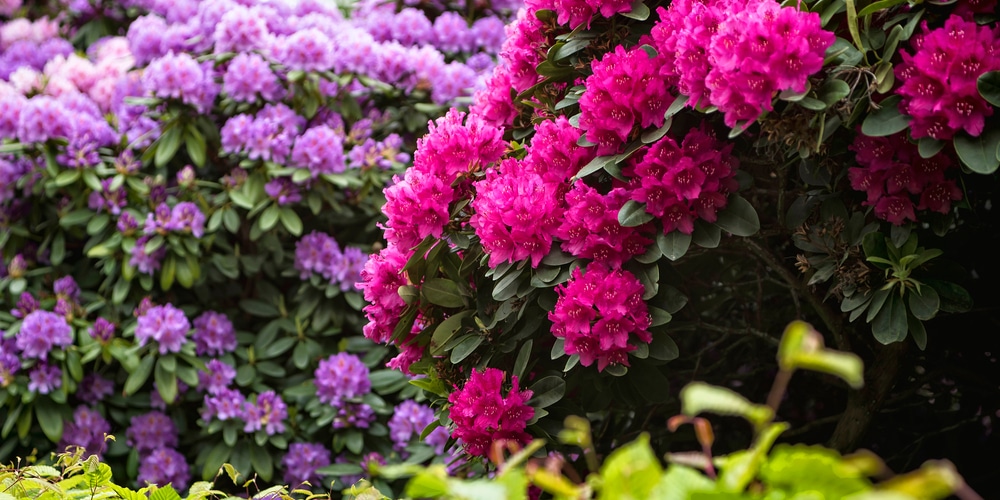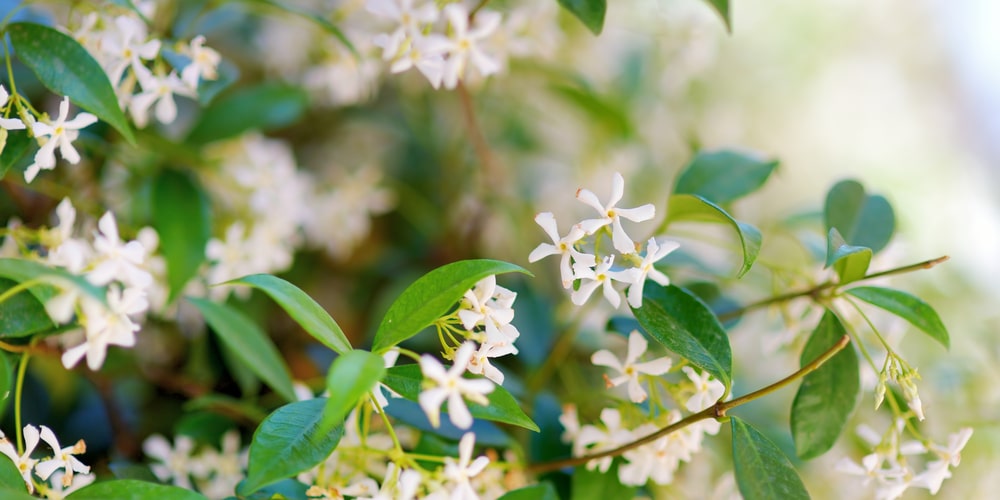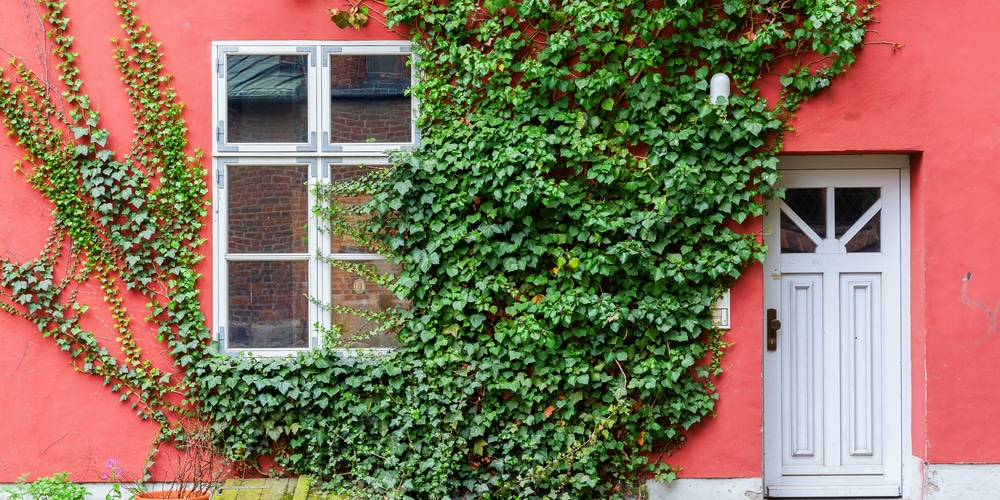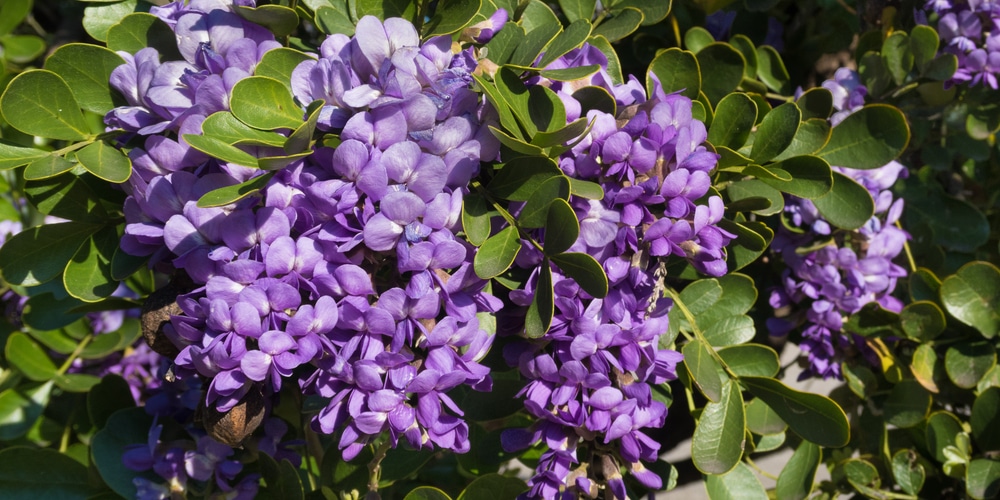Plants need light to grow up, however, direct sunlight is not necessary for all of them. It may sound strange, but many evergreen plants love the shade! Plants with rich vegetation and impressive flowering, are suitable for balconies, courtyards, and gardens that do not have sunshine and have shade most hours of the day.
The care of ornamental plants in shady places requires special attention and diligence, as the metabolism and function of photosynthesis are at a different level, compared to those exposed to sunlight. As a basic rule, they should be watered only after their soil has dried. Excessive watering can cause leaves and flowers to fall, as well as the development of fungal diseases and rot on the roots.
In addition, it is good to avoid excessive fertilization of ornamental plants that grow in the shade, to avoid burns on the foliage and their flowers. Spraying to protect against diseases and insects is easier on plants that are in the shade, as long as in the absence of intense sunlight we avoid high temperatures that cause burns.
Best Evergreens For Shady Areas
The list of plants that grow in the shade is quite large and includes both ornamental shrubs and climbing plants. Some of them stand out for their impressive and characteristic foliage and others for their wonderful flowers, and unique aroma. Below you can find a list of the most beautiful flowers and shrubs that can withstand shade effectively.
Boxwood
Boxwood is an ornamental shrub, native to southwestern Eurasia and northern Africa. Resistant to heat and cold, it is widely used in gardening, offering its unique, compact foliage and creating rich leafy plantings. It is a slow-growing plant, which will take about 20 to 50 years to reach its final size. Its tufted and dense foliage consists of tiny, rounded leaves.
Shiny in appearance and compact in formation, it remains green and decorative throughout the year. Although it forms flowers, they almost always go unnoticed, as they are very small and yellow and are easily overshadowed by the dense, dark foliage. Boxwood needs moderate watering and can grow successfully in a variety of soil types, with different compositions and acidity values, as long as they have good drainage.
Quercus Coccifera
That is an evergreen, hardy oak that grows around the Mediterranean basin. You will meet it in the form of a bush or a tree, that can reach up to 6m in height. Its crown is spherical and its leaves are simple, leathery, shiny with dark green color and thorny edges. Its flowers are solitary, which means that the male flowers grow separately on buds at the ends of the young branches, while the female ones appear in the axils of the leaves.
Finally, its fruits, which belong to the oak family, have a peduncle and appear solitary or in pairs. For its proper growth, this plant needs fertile soils. In nature, it is one of the first species to appear after a fire, protecting the soil from erosion.
Camellia
Camellia is an ornamental shrub with impressive foliage that blooms in shady places and offers us generous single or double flowers in white, pink, or red color. To be precise, camellias do not prefer sunny places as they suffer from the heat, while their direct exposure to the sun can cause burns on their foliage. The camellia soil should be kept relatively moist with frequent watering, as its fine surface roots are strained when the soil substrate dries, while special attention should be paid during the hot summer months.
Madagascar Jasmine
Madagascar Jasmine is a climbing shrub with white fragrant flowers that bloom even in shady places. An ideal choice for planting on pergolas and fences to grow and create with its glossy green foliage and flowers a particularly impressive setting. You should pay special attention to the corona and provide it with a sheltered place -away from frost and strong winds-, as it is relatively sensitive to adverse winter conditions.
This plant has significant water requirements and needs regular watering to have rich growth and flowering. Especially during the summer, it will need additional wetting of its leaves for cooling, at dusk.
Geranium
That is one of the most famous flowers that bloom in the shade, without special requirements in its care. Geranium is one of the few plants that can be planted in any place and give us flowers, although we must admit that its flowering is eliminated in shady places. Geraniums are highly resistant to high temperatures and drought, even if left unchecked for days. They are also suitable for coastal plantings, as they are resistant to soil salinity, however, they require protection from strong frosts.
Brazilian Jasmine
The Brazilian jasmine is an evergreen plant with impressive flowers in shades of red, white, and pink color that give flowering in shady and semi-shady places. Although it is not as fragrant as other jasmine species, this plant stands out for the shape of its flowers that look like a small trumpet. It absorbs the heat, giving us continuous flowering in summer, but it is quite sensitive to the intense sun which can cause burns.
Brazilian Jasmine requires sufficient and frequent watering during the summer period; every 2-3 days, to give its rich flowering, whether it is planted in a pot or the ground.
Rhododendron
Rhododendron loves the coolness provided by a shady place, to create dense foliage and its beautiful flowers. It is quite resistant to low temperatures, but direct exposure to the sun can cause problems. Its colors and species have such a great variety, that you do not know which one to choose! It has a superficial root system, loves moisture, and requires frequent watering, provided that there is good drainage in the soil.
Best Evergreens For Shady Areas: Star Jasmine
That is a climbing plant, with deep green shades and white fragrant flowers of small size, that are very similar to the jasmine ones. When we are thinking of creating a fence of plants, one of the first choices is this plant, which can thrive and bloom not only in sunny and shady areas but also by the sea. Star Jasmine is resistant to high temperatures and drought but requires frequent watering during the hot summer months. If we have planted it in a pot, we will need more frequent watering, twice a week during the summer period.
Best Evergreens For Shady Areas: Ivy
Ivy, one of the most popular climbing plants commonly used to fence a garden, can grow dramatically in shady environments. Nowadays, we often meet it as an indoor plant. Ivy, which can provide us with dense coverage on rocks, walls, and trees, is also suitable for ground cover and can just as easily decorate the living room of our house.
That is an extremely hardy plant that adapts to all conditions and situations. It withstands both low and high temperatures and can be planted in all types of soils, even in coastal areas.
Best Evergreens For Shady Areas: Laurel
Our list of plants that thrive in the shade can not but include the laurel. This plant has deep green, leathery aromatic leaves and white or yellow-green flowers that appear from April to May. Laurel bears black fruits of an oval shape and the size of a small olive. Its leaves, which are ready for harvest from August to September, have an aromatic odor and a slightly bitter taste.
Laurel is resistant to drought, pollution, and salinity, so it is suitable for coastal planting. Due to its strong root system, we should water it once a week during the spring period and twice a week during the summer months.
You may also like: Plants Suitable for Tall Narrow Pots
